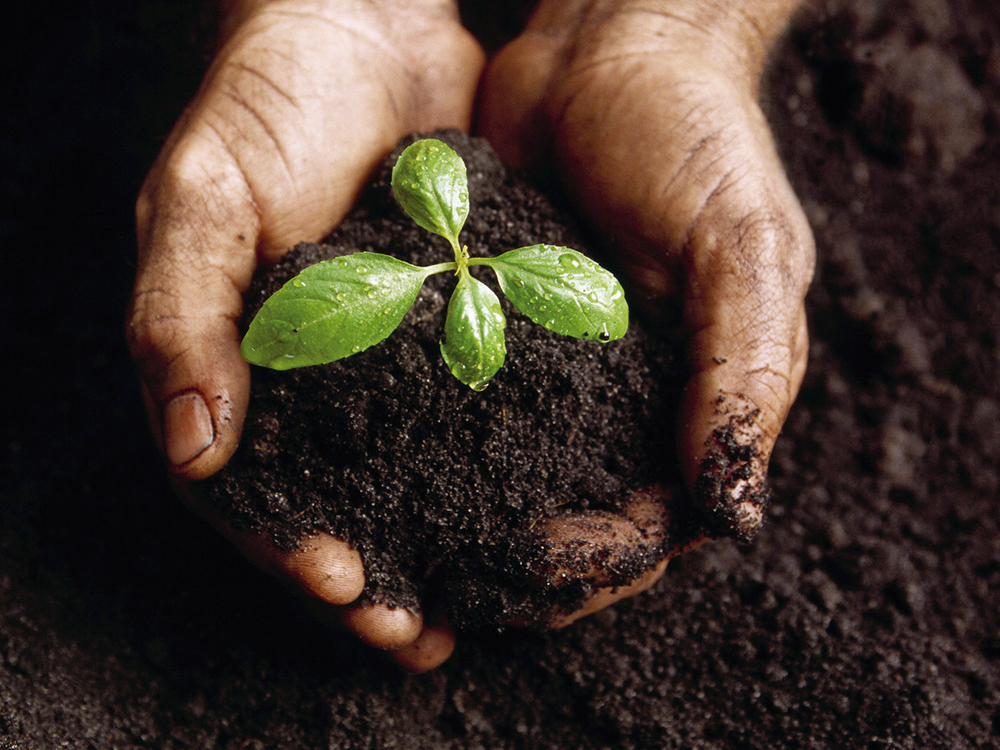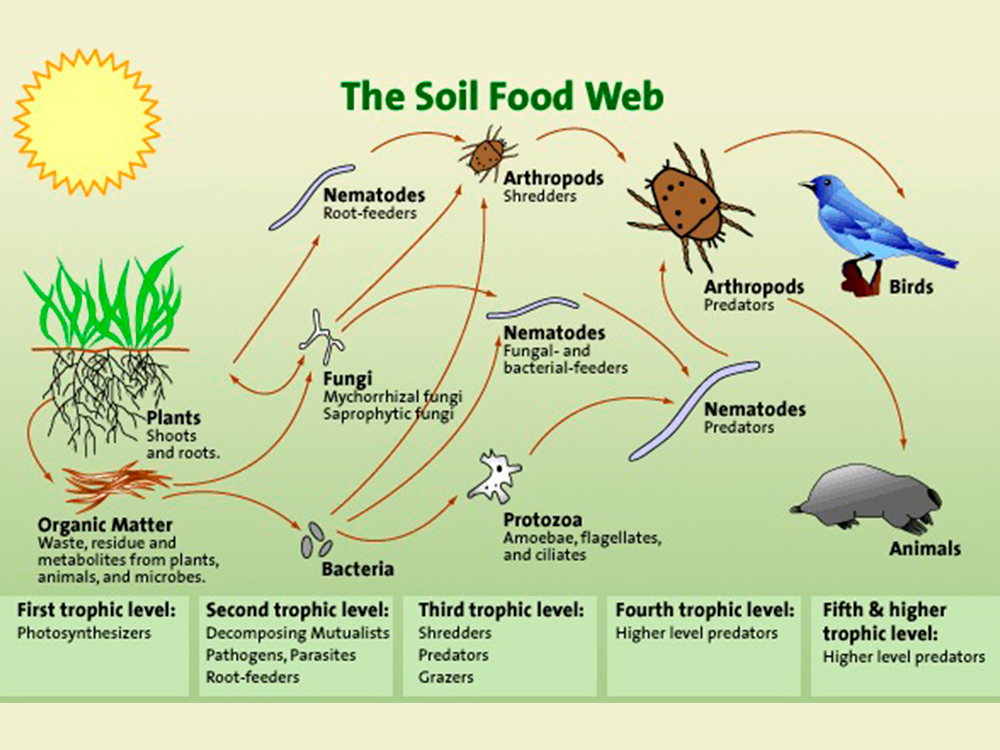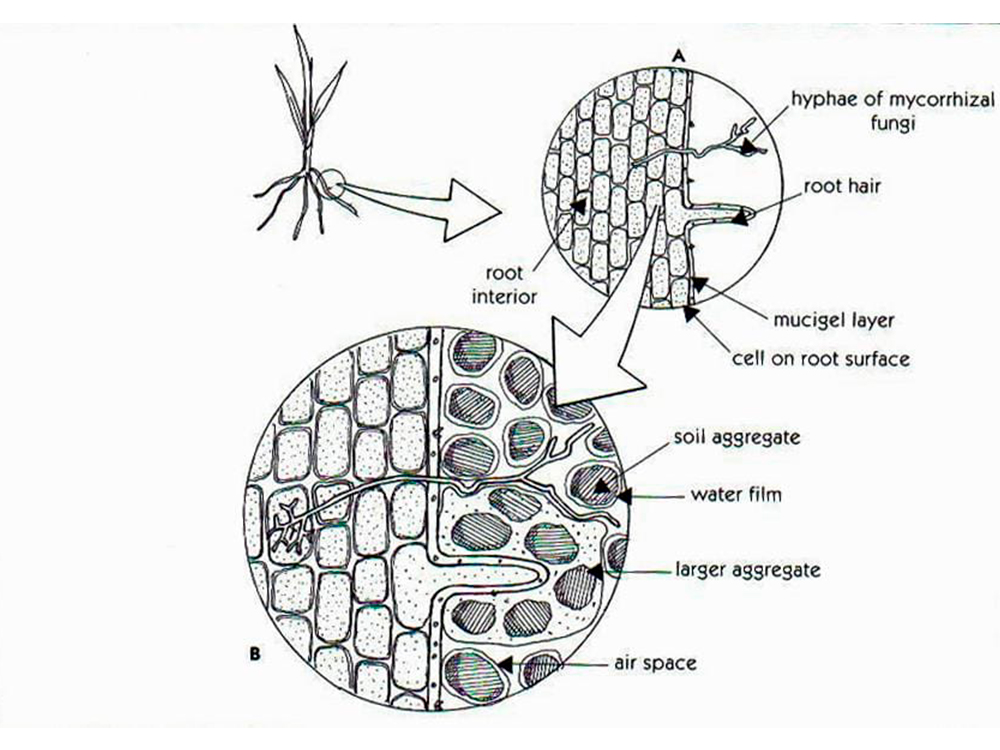HOW TO BE A SOIL DOCTOR

Part Two of a two parter by Stephanie Reiter (Global Soil Partnership Secretariat) and Lucrezia Caon (UN Food and Agriculture Organization), originally published by Grow Observatory. Part one introduces soil, and a soil ‘diet plan’: part two, below, focuses on the things you need to do to be a soil doctor.
Even a small adjustment in any diet can improve the overall state of health. Theoretically, we know the most important principles and ingredients when setting up a soil diet plan. Just like every human body is unique, so is every soil. Even healthy soils need a check-up, but sick or feeble soils need extra attention, in order to support plant growth or meet our demands in food production. Getting some soil samples from our soils is the first step to become a soil doctor.
To know how to adjust a soil’s diet, a basic testing of soil samples requires the three most essential plant available macronutrients nitrogen (N), phosphorus (P) and potassium (K), and soil pH. One way to test these soil chemical parameters is to use a soil testing kit. Off the shelf soil testing kits are an easy to use tool, and can be purchased online or in retail garden centers.
Results for most tests are given by a colorimetric method where the user compares the colour of a soil solution with the colour card corresponding to categorical nutrient levels (ranging from depleted to surplus), and pH levels (acid to slightly alkaline). With this information we can apply and plan our soils diet adjustments.
If a soil lacks nutrients, the best way to adjust the soil’s diet is to foster nutrient recycling by increasing soil organic matter with crop residues or compost.
The application of fertilizers as a nutrient boost, aiming at promptly enhancing nutrient availability and crop growth, is a quick fix and hurts more than it helps in the long term. Mineral fertilization makes no improvement to soil structure compared to as adding organic matter: in many situations, farmers overuse fertilizers, harming soils rather than helping them getting healthy. Especially when a soil has a low pH, additional nitrogen and sulfur through fertilization, will lead to soil acidification. In this case, it is even more important to ensure a balanced fertilizer application, supplementing the soil diet with well-tolerated nitrogen fertilizers, such as nitrate-based instead of ammonium-based products, and apply alkalizing organic amendments such as lime or gypsum.
In general, constant monitoring and the overall application of sustainable agricultural management practices are the basics for a healthy soil diet.
The degradation of our soils is a world-wide epidemic. Our soils could be in better shape if only they were on the right diet.
The first step to get there is to understand and acknowledge that our current agricultural practices make our soils sick, but we need to make sure our soils are healthy to meet the rising global food demands and to provide us with nutritionally rich food.
A good start to any diet is a self-evaluation, so our soils too need constant monitoring of their conditions. Next is applying and following the principles that make a healthy soil diet. Then we can move closer to achieving SDG 2 on Zero Hunger, with its emphasis on nutrition and sustainable agriculture.
We have the tools and are building the know-how to cultivate healthy sustainable agricultural systems that our soils and all of us will only benefit from.






